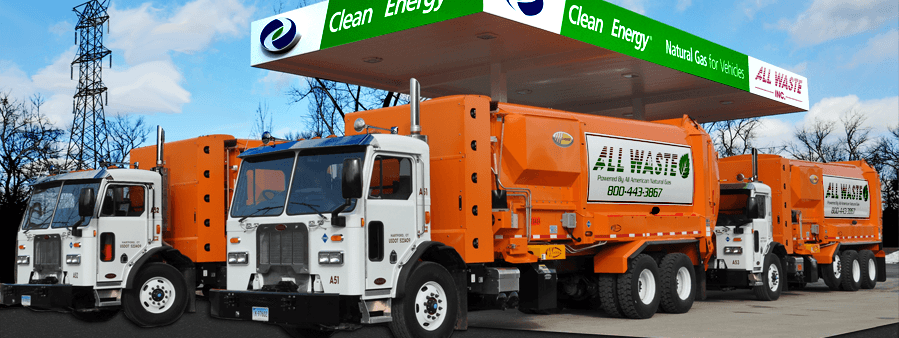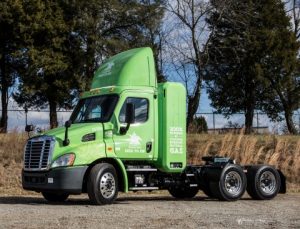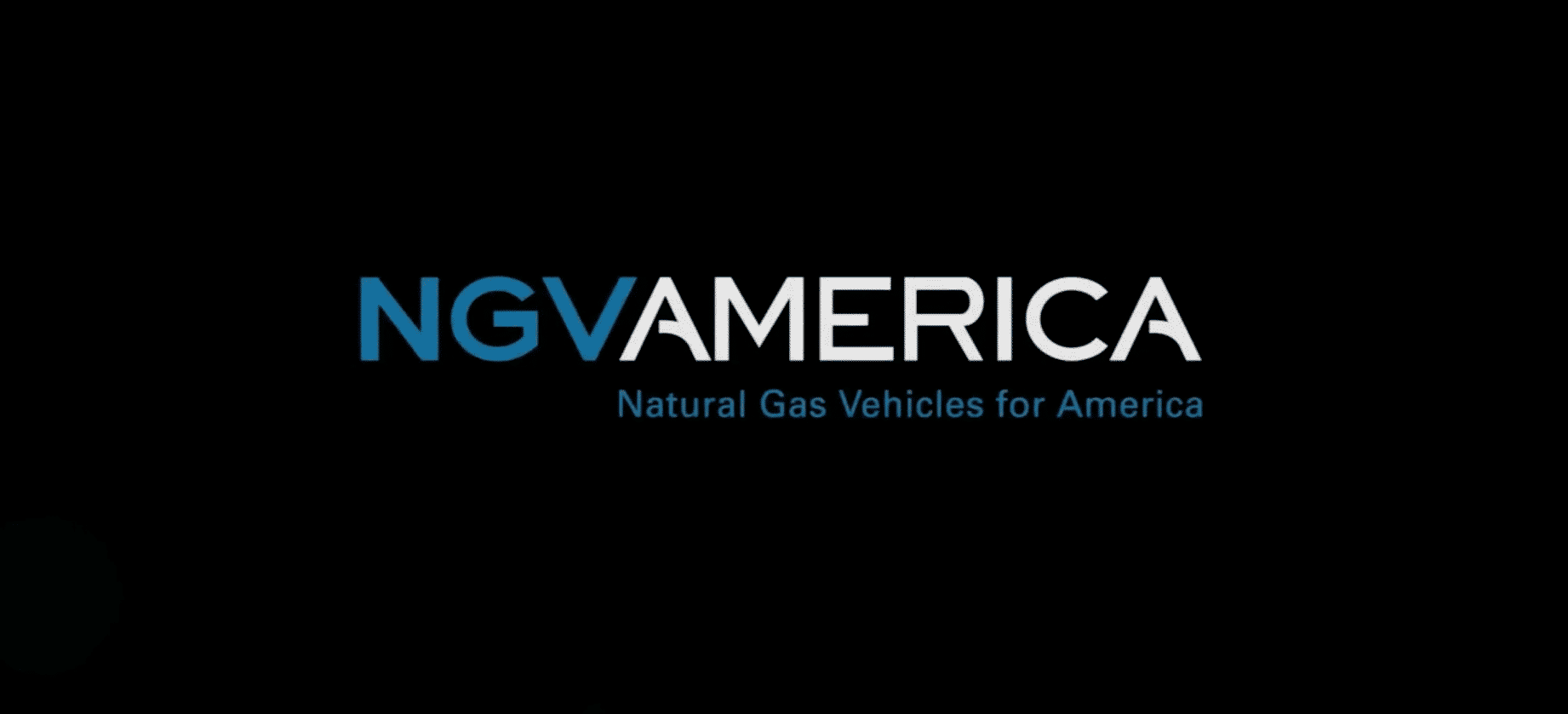NGVAmerica issues new CNG guidance breaks down suggested CNG fuel system inspection into four tiers

NGVAmerica issues new CNG guidance, the national trade association for natural gas use in transportation, has reissued its recommended Compressed Natural Gas (CNG) Fuel System Inspection Guidance document to reflect new federal standards.
NGVAmerica, the national trade association for natural gas use in transportation, has reissued its recommended Compressed Natural Gas (CNG) Fuel System Inspection Guidance document to reflect new federal standards.
The U.S. Department of Transportation’s National Highway Traffic Safety Administration (NHTSA) recently updated its CNG fuel container inspection labeling requirement for vehicles with a gross vehicle weight rating (GVWR) greater than 10,000 pounds to match recommendations previously developed by NGVAmerica after a lengthy and collaborative review.
In December 2017, NGVAmerica released its recommended CNG Fuel System Inspection Guidance document. NGVAmerica’s technology and development committee’s fuel system inspection work group created the new guidance after two years of discussion and review.
After issuing the guidance, NGVAmerica petitioned the U.S. Department of Transportation to remove the mileage requirement and change the 36-month interval to 12 months for heavy-duty vehicles. That recently occurred. On June 21, 2019, NHTSA issued a Notice of Proposed Rulemaking, and on Feb. 11 of this year, NHTSA published its Final Rule in the Federal Register.
‘‘This container should be visually inspected for damage and deterioration after a motor vehicle accident or fire, and either (a) at least every 12 months when installed on a vehicle with a GVWR greater than 4,536 kilograms or (b) at least every 36 months or 36,000 miles, whichever comes first, when installed on a vehicle with a GVWR less than or equal to 4,536 kilograms,” reads the new rule related to CNG fuel container integrity.
Enjoying our insights?
Subscribe to our newsletter to keep up with the latest industry trends and developments.
Stay Informed

NGVAmerica petitioned the U.S. Department of Transportation to remove the mileage requirement and change the 36-month interval to 12 months for heavy-duty vehicles. That recently occurred.

NGVAmerica’s guidance breaks down suggested CNG fuel system inspection into four tiers. The document recommends detailed visual inspection on an annual basis.
NGVAmerica’s guidance breaks down suggested CNG fuel system inspection into four tiers. The document recommends detailed visual inspection on an annual basis.
- The pre-service visual inspection is a detailed inspection of the complete CNG fuel system prior to the vehicle being placed into service. This inspection is to verify that the CNG fuel system installed meets specifications and applicable codes/standards.
- The cursory visual inspection should be done every pre- and post-trip by the driver. During this inspection, the driver needs to check that there is no damage to the exterior of the fuel system, including the fill receptacle, and that vent lines are capped.
- The general visual inspection should be conducted at preventative maintenance events by a trained technician. During this inspection, the technician is inspecting the shields and enclosures of the CNG fuel system along with any readily accessible CNG fuel system components.
- The final level of inspection, the detailed visual inspection, is intended to be a thorough inspection of the entire CNG fuel system. This level of inspection will likely require the removal of shielding and/or the use of mirrors and cameras to visually access all components.
It is important to note that NGVAmerica’s and NHTSA’s guidance for fuel system inspection in light-duty vehicles (less than 10,000 pounds) has not changed and remains, “at least every 36 months or 36,000 miles, whichever comes first.”
CNG Fuel System Inspection Guidance Document
In December 2017, NGVAmerica’s technology and development committee’s fuel system inspection work group created the new guidance after two years of discussion and review.




















